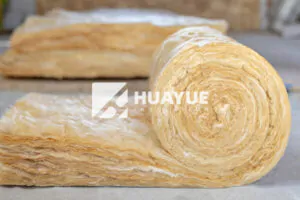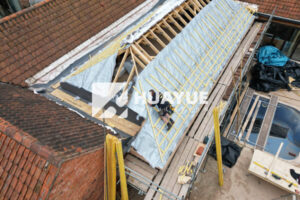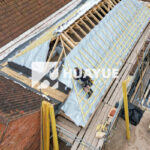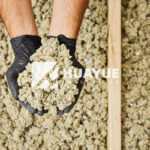Yellow Fiberglass Insulation Manufacturer: What Do You Need to Know?
If you are planning an insulation upgrade, it is easy to get overwhelmed by different materials, brands, and colors. Many people feel confused about yellow fiberglass insulation and what it means for their project.
Yellow fiberglass insulation is a type of glass wool that gets its color from a dye or binder used during manufacturing. It has the same core performance as other fiberglass products and is common in many building applications.

Some insulation resembles one another but does not always mean they act the same. If you want to know more before choosing yellow fiberglass, keep reading for everything I have learned after years in the insulation field.
Is There Yellow Fiberglass Insulation?
Many homeowners and project managers see yellow insulation in attics or warehouses and wonder if it is real fiberglass or something else. The color sometimes causes confusion or concern.
Yes, there is yellow fiberglass insulation. Manufacturers add color to the binder or resin to distinguish brands or products, but the core material remains spun glass fibers. Its performance matches white and pink fiberglass when produced to the same standard.
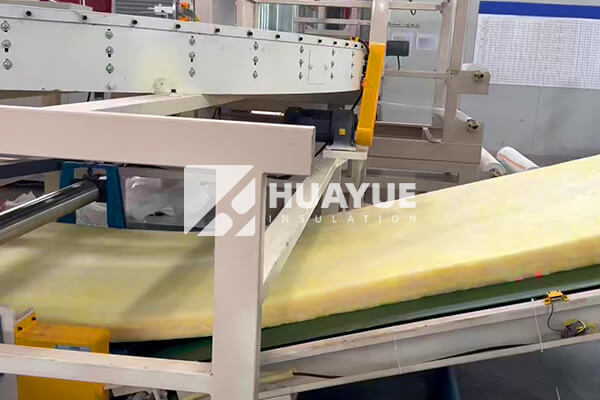
Fiberglass insulation is a glass-based material made by spinning melted glass into fine fibers. The process is similar worldwide, but brands may add different binders, resins, or facing materials, which impact product color. For example, famous North American and European brands use yellow or pink dyes. HUAYUE makes yellow, white, or pink glass wool bats, tubes, and rolls for export, adapting products for each market.
People often wonder if the color makes any difference. From many years of manufacturing, I can say that color affects recognition and branding but not insulating ability or fire resistance. Instead, what matters most is the product’s R-value, formaldehyde content, and if it fits your country’s safety codes and standards.
Color Comparison in Glass Wool Insulation
| Color | Common Markets | Material Difference | Visual Purpose |
|---|---|---|---|
| Yellow | North America, Europe | None | Brand recognition, market habit |
| Pink | North America | None | Branding, visual appeal |
| White | Asia, Oceania | None | Raw, uncolored finish |
Does Old Yellow Insulation Have Asbestos?
Many plant engineers worry that old yellow insulation in older buildings means asbestos contamination. It is natural to worry, as asbestos exposure is dangerous.
Most yellow fiberglass insulation does not contain asbestos. Older yellow insulation is usually made from glass wool, not asbestos fibers. Asbestos insulation is typically gray-white and has a loose, crumbly texture, which differs from modern fiberglass batts or rolls.
Often, chemical plants and industrial sites replace aging insulation from the 1950s–1970s. Many fear that yellow means old-school, unsafe products. However, my experience confirms that only a small portion of old insulation—specifically pre-1980 mineral wool or block—may contain asbestos. Manufacturers colored glass wool yellow to distinguish it from other fiber types, not to mark it as asbestos.
If you find yellow insulation and are unsure about its age, ask a professional to check it. I have sent samples to laboratories for testing during tank upgrades. Most yellow insulation came back fiberglass, with no trace of asbestos. Testing is the safest way to be sure.
When to Test Yellow Insulation for Asbestos Risk
| Condition | Recommended Action |
|---|---|
| Installed after 1980 | Usually safe, check docs |
| Loose or gray fiber | Test for asbestos |
| Pipe/board form | Test if pre-1980 |
| No records | Send sample for testing |
What Colors Does Fiberglass Insulation Come In?
You may associate fiberglass insulation with yellow alone, but you can find it in other colors as well. Product color can help you check what you are installing or match building specs.
Fiberglass insulation is available in yellow, pink, white, and sometimes green or blue. The color depends on the manufacturer’s dye or binder, but all use the same base material—spun glass fibers.
HUAYUE produces yellow, pink, and white glass wool insulation for different world markets. In North America, pink is popular due to certain major brands. In Asia, white or natural colors are most common. We can produce and supply all main market colors, including with different facings for vapor or fire protection, to specialty size and facing specs.
Color does not change the safety or insulation qualities of the material. I always advise customers to check the product data sheet for R-value, thickness, and if it is formaldehyde-free, not just pick by color. For export, we meet the standards and colors required in each customer’s country.
Fiberglass Insulation Color Options
| Color | Manufacturing Origin | Typical Use |
|---|---|---|
| Yellow | China, North America, Europe | General wall, roof, mechanical use |
| Pink | North America | Residential, attic insulation |
| White | China, Oceania, Asia | OEM, industrial settings |
| Green/Blue | Limited | Specialty, moisture-resistant lines |
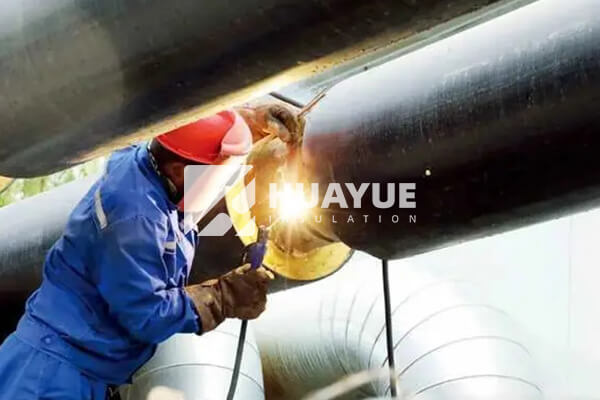
What R Rating Is Yellow Insulation?
If you are choosing insulation for tanks, walls, or roofs, you need to know the R-value, not just the color. Engineers and contractors ask about R-value to match code requirements.
The R rating of yellow fiberglass insulation depends on its thickness and density, not its color. R-values can range from about R-2.2 per inch (for batts) up to R-4.3 per inch (for high-density products). For export, HUAYUE supplies full R-value series for the US, Canada, Australia, and New Zealand markets.
I have helped many customers select the proper R-value to pass building inspections and save on energy costs. In cold regions or for tanks holding cryogenic material, higher R-value per inch is key. Always check the project specs. Glass wool products can be customized by thickness, width, and binder, so we can meet most R-value targets on demand.
Typical R-Value for Yellow Glass Wool (per inch)
| Product Type | Typical R-Value |
|---|---|
| Standard Batt | R-2.8 to R-3.2 |
| High Density Batt | R-3.7 to R-4.3 |
| Pipe Insulation | R-4.0 (varies) |
| Board | R-3.5 (varies) |
Conclusion
Yellow fiberglass insulation performs as well as any color, with wide options for R-value and form. Ask for the right specs, not just the right appearance, for your insulation needs.
You may also be interested in:
Ready to Get Started?
Get in touch with our experts for personalized solutions tailored to your needs.
Get Free QuoteLatest Articles
Let's Work Together
Ready to take your business to the next level? Get in touch with our team of experts and let's discuss how we can help you achieve your goals.
Get Free Solutions
